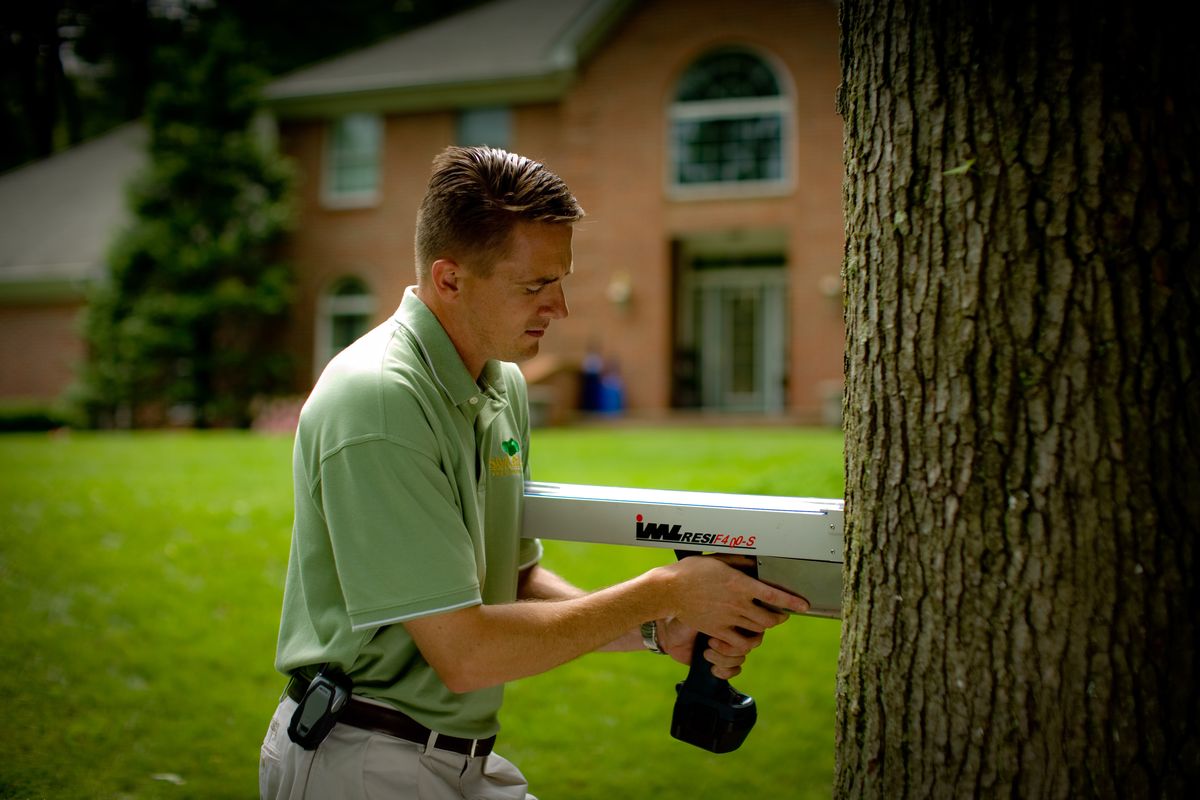Storms raise issue of tree safety for homeowners

Nancy Owens takes no chances with trees since a windstorm propelled a large one through the roof of her Long Island, N.Y., home 15 or so years ago.
So when a neighbor near Owens’ Maine summer home said he believed two of her tall pines looked suspiciously askew – and leaning toward his house – Owens wasted no time having them removed.
“They didn’t look dead to us. But what do I know?” Owens said. “I was born and raised in Manhattan. I know nothing about trees except they can come through your roof.”
Owens, who “cries every time I have to take down a tree,” is one of a number of homeowners who opt to be safe rather than sorry by removing trees – even when it may not be necessary.
Arborist Dane Buell with the company SavATree says that in the last few years people have been calling him “all the time” asking to remove healthy trees. Most, he said, are afraid of wild weather that has sent trees crashing down on homes, cars and power lines around the country.
“People see bad things that happen with trees, and the natural response is we should cut them all down,” said Buell.
Joe Lamb, a Berkeley, Calif., arborist, sees the phenomenon too. He cautions that there’s no connection between a tree’s size and the hazard it poses.
“It is very common for people to be afraid of trees simply because they are large,” Lamb said.
The health of the tree is more important than its size, Buell says, and he recommends that property owners focus on managing their trees. That includes annual health checks, pruning and precautionary steps such as support and lightning protection when necessary.
Certified arborists can identify problems – insect infestation, nutritional deficiencies, disease – in the early stages “90-some percent of the time,” he says. Remediation is often fairly simple, too, he says.
“Trees fail often because these conditions are not identified early. They don’t fail because they are tall,” Buell said.
And while no one can prevent an extreme storm from toppling even the healthiest of trees, he says, the benefits of having trees usually far outweigh the risks they pose.
Trees around a home can increase its value up to 15 percent, according to the Arbor Day Foundation. Properly placed trees around buildings can also reduce air conditioning needs by up to 30 percent and save 20 to 50 percent in energy used for heating, according to the U.S. Forest Service.
Homeowners aren’t the only ones who have stepped up precautions in recent years. Bob McGee, a spokesman for Con Edison, which provides power to New York City and neighboring Westchester County, says the utility company has improved its year-round tree-trimming.
“This typically engenders either a community outpouring of thankfulness or scorn, depending on whether there’s been a recent storm,” McGee said. “We know that taking this action helps keep service reliable. But if nothing is going on and we trim the trees, people will hit the roof.”
Lamb – who says he gets a rush of tree-removal requests from homeowners after storms – finds that many people are willing to try remedial measures like thinning and removing dead branches once they learn more.
For many others, however, it’s better to err on the side of caution.
“If someone says that a tree doesn’t look right, I don’t argue with that,” Owens said. “If they say it, I pay whatever it is.”